Fishing rods are perhaps the most essential piece of gear in your angling arsenal. Your fishing rods dictate what type of baits you can throw, how easily you can pull fish from cover, your hookup ratio, and even your overall comfort. So which fishing rod is best for you?
In this blog, I’ll be going over the basics of fishing rods. The goal of this guide is to give you the knowledge to walk into a tackle shop, pick up a rod, read the information and make the informed choice. That means understanding rod powers, speeds, lengths, how to match them with reels, and a couple of suggestions in terms of specific brands and rod lines. So, let’s talk rods.
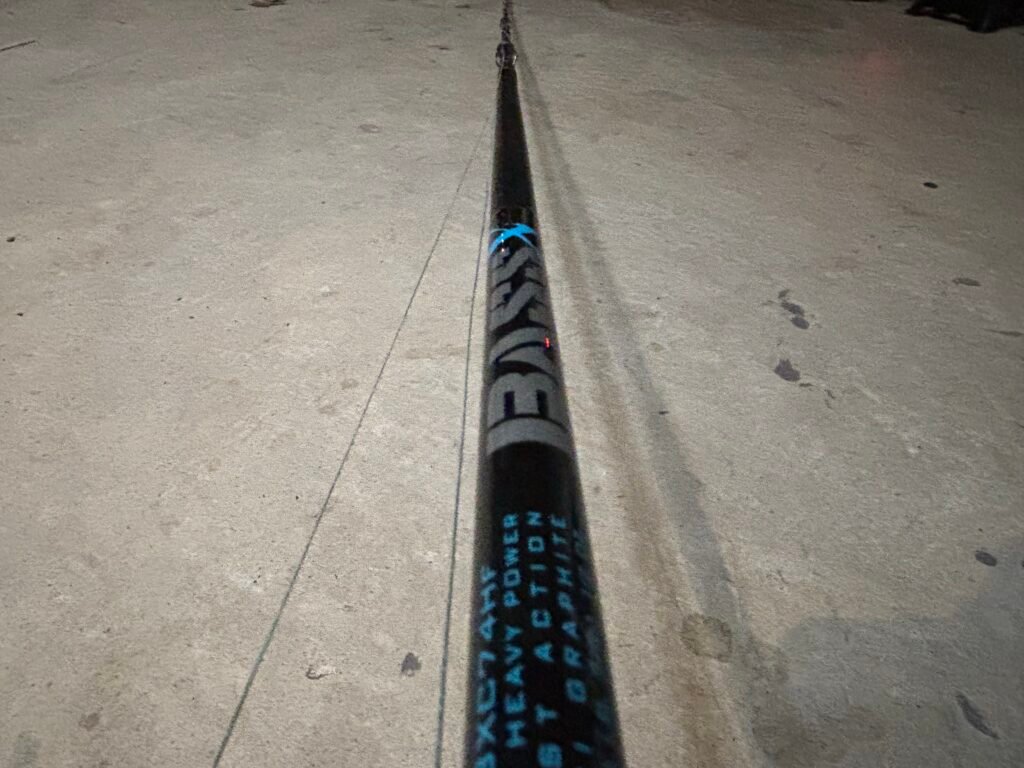
What Does a Fishing Rod Do?
Before we go into the technical details, it’s important to understand fishing rods conceptually. What aspect of catching the fish is the rod responsible for? How does your fishing change based on your rod?
The fishing rod is responsible for many things. The fishing rod channels the fish’s fighting power. When you set the hook, the fishing rod is what supplies the stopping force: the stiffer the rod, the harder you can slam the hook.
It’s also what’s responsible for keeping tension on the fish when they’re hooked: when the fish jumps, the rod unbends slightly to help keep the fish hooked. The last thing you want to happen when fighting a fish is for your line to go slack, as this gives the fish an opportunity to shake and throw the lure.
Your fishing rod also determines your ability to pull fish out of cover. Think of it as the difference between fishing with a broomstick vs a flimsy twig: you’d choose the broom handle to yank fish out of heavy grass. The same applies to rods. You’ll want a stiffer rod to pull fish out of thick cover, and a bendier rod when you’re fishing a bait that can be shaken easily.
Basically, matching the correct type of rod to the correct style of fishing will make landing fish easier and more efficient. Certain baits will be thrown much more effectively on one type of rod than another: so choosing the correct rods based on the type of fishing you do is crucial.
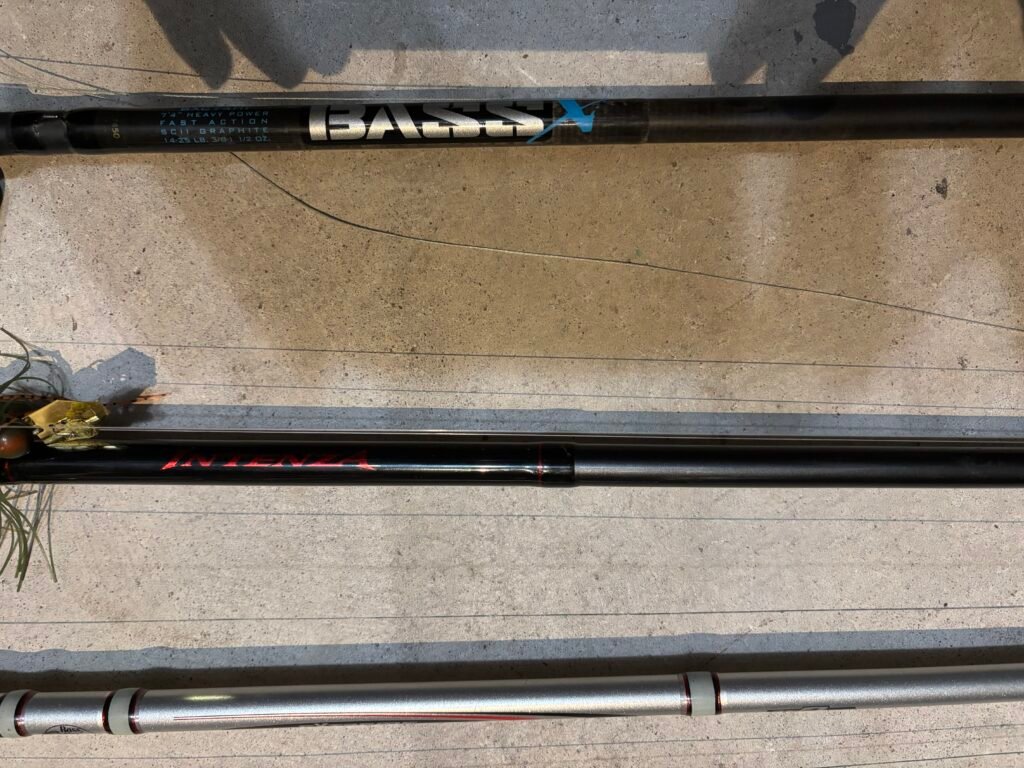
Fishing Rod Powers
There are 3 main components to consider when choosing a rod: Power, speed, and length. The power of a rod is what determines the stiffness of the rod. Heavier rods are stiffer and more powerful, and as you decrease in power from heavy down to light your rod has more bend and a softer base.
There are lots of different rod powers with some being specialized and some being more general. I’ll be talking strictly baitcasting and spinning rods in this guide, as they are the rods with the most utility when pond fishing. Each type needs to be matched to its respective reel type: spinning reels and baitcasting rods do NOT go together, and vice versa.
Rods can get as heavy as Extra Heavy baitcast rods all the way down to ultralight spinning rods. Generally speaking, spinning rods are on the lighter side and baitcasting rods are on the heavier side.
What Type of Rod Power Should You Use?
For general fishing, you should absolutely be choosing a medium heavy rod. This power is typically the sweet spot for most fishermen: it can fish most things at least well enough to land fish. You may lose a couple, but you’ll still land a decent amount.
You could go down to a medium for slightly lighter presentations like jerkbaits or poppers, but a medium heavy will be good for throwing chatterbaits, soft plastics, most topwaters, small swimbaits, and most anything you can think of will be thrown at least reasonably well on a medium heavy rod.
You’ll want a heavier rod for more powerful types of fishing to give you the stopping force needed to set big hooks and yank fish out of thick cover. This means frogging, pitching into heavy cover or punching, large swimbait fishing and fishing with upsized baits like large jigs should all be done with an extra heavy or heavy rod.
For finesse or downsized fishing, you’ll want a lighter, more sensitive rod to keep constant tension on smaller hooks and feel lighter bights. This means ned rigs, drop shots, small jerkbaits or crankbaits, and other downsized baits are best fished with a medium light or light rod.
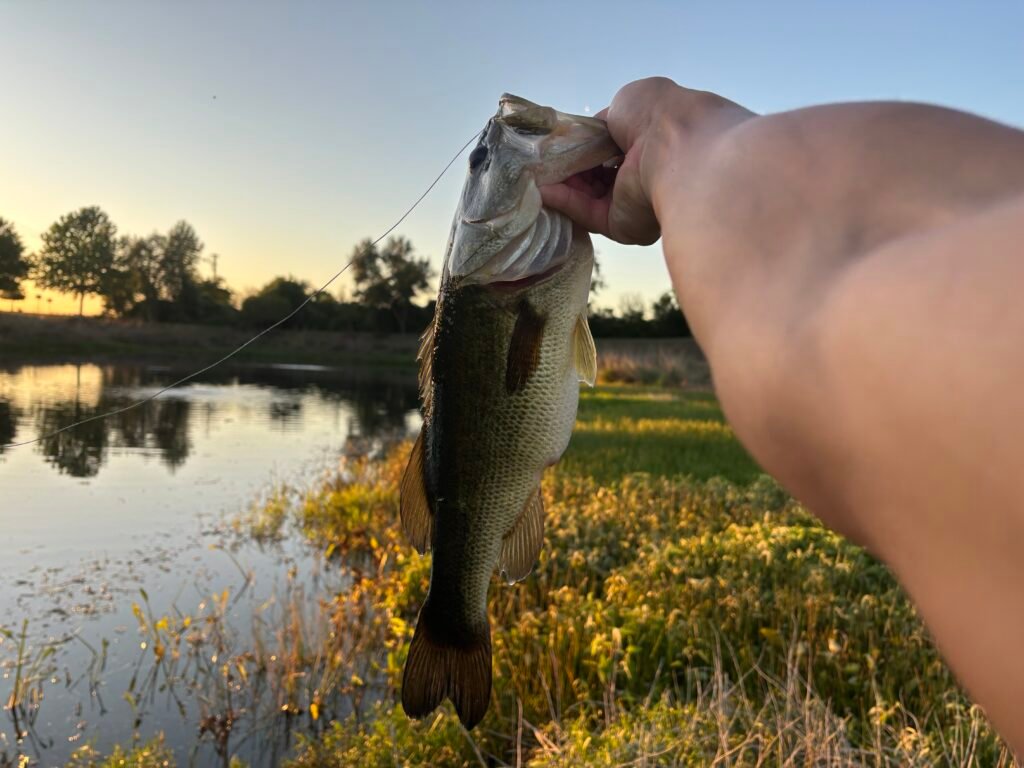
Fishing Rod Speeds
Rod speed can be confusing for some people, but typically it doesn’t matter because most rods are made with a fast speed. However, it is still beneficial to have some understanding of speed, and how it differs from power.
Rod speed is how far down your rod starts bending, and how quickly they recover from a bend. Basically, what This means a faster rod is going to fully unload or straighten quickly after being bent.
Think of it like this. Rod power is how rigid the rod is at the bottom, and the speed is how bendy it is at the top. That’s the most basic terms I can put it in.
Most graphite rods only come in a fast speed. It’s when you start getting specific with your choices: like swimbait rods, glass action crankbait rods, and other baits that demand a more particular rod actions that you start dabbling with different speeds.
If you do want to get a little specific, slower speeds work better for treble hooked baits. The deeper bend allows for you to load up on the bait more effectively to keep tension while the fish fights.
Extra fast actions are a little more common: if you’re a dedicated frog fisherman, an extra fast action will give you a much harder hook set, which is crucial for sinking those big frog hooks most effectively.
Fishing Rod Lengths
The last factor to consider when choosing a fishing rod is the length. This is more about convenience than it is what kind of bait you’re throwing. Longer rods are generally heavier and a little harder to cast and work, especially when fishing from the bank. However, some longer rods are preferable because of the deeper bend they offer.
With some exceptions anywhere between a 6’8” rod and a 7’4” rod is doable when pond fishing. For flipping and pitching, you’ll want a shorter rod that’s easier to handle in tight space. Other than that, a good middle ground is 7’0”.
The length of your rod is typically in part determined by the lengths of the powers offered by the line of rods you choose. If you’re shopping for a heavy rod and you look at a rod line that only offers it at a 7’4” heavy, you’ll have to look at a different line if you want a shorter rod with the same power.
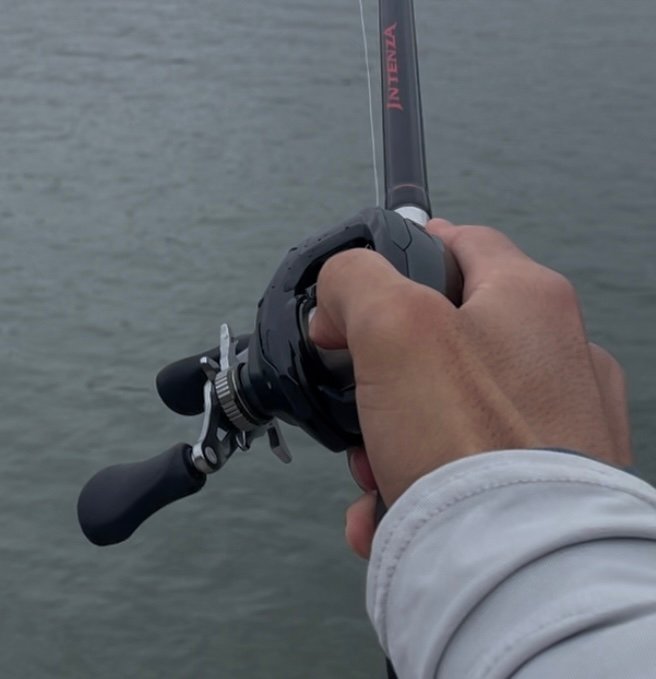
Matching Reels to Rods
The thing about reels and rods is that reels are a little less bait specific. You could have a rod for each individual bait in your tackle box and have the same reel model on each rod (with some exceptions). Typically, you’ll want to match more finesse rods with smaller sized reels and vice versa, match heavy rods with larger reels.
Different Types of Rods
There are two main rod materials: fiberglass (commonly referred to as glass) and graphite rods. Most rods are made of graphite, but glass rods still have a place in an angler’s toolkit.
Glass rods are naturally bendier, meaning they can come in heavier powers but maintain a softer action. This is especially useful when fishing large crankbaits or chatterbaits, since you don’t have to trade power for speed.
Another question that some people may have about rods is what they pay for in a more expensive rod. Expensive rods are more durable, more sensitive, much lighter and may also offer a lot more specific action. For example, if you’re on the lookout for a 7’3” extra heavy rod with a moderate fast action, you may end up paying more than you would for just a run of the mill 7’4” heavy fast rod.
How to Read Rod Labels
Rods always come labeled with the length, power, and speed on them. For example, this is what the label on my St Croix Bass X looks like:

BX stands for Bass X, C stands for Casting (short for baitcasting) 74 refers to the rod’s length and HF stands for Heavy, Fast. Below that you can see the details laid out in plainer text, along with the material the rod is made of and info on the line weight and lure weight recommendations.
Each brand of rods has its own unique formatting for their labels, but most can be read somewhat similarly to this one or are written more plainly. However, if you’re confused, typically tackle store websites will have the rod’s details laid out in plain English, or you can ask an associate at the tackle shop you’re visiting.

What Rods Are Best for Ponds
When pond fishing, you don’t have the ability to carry an entire array of rods, so you need to make good choices that can fish a variety of baits efficiently. I personally carry 3 rods: I think more than 5 is probably pushing it. Here are a couple of recommendations I have.
I would recommend you to own one heavy baitcast combo, one medium heavy baitcast combo, one medium baitcast combo and one light spinning combo for pond fishing. These can be from any line: a couple of my go-to lines are Shimano, St. Croix, 13 Fishing, and Daiwa.
My personal recommendations
My #1 pick for a good pond rod will be a 7’0” medium heavy fast action combo. The Shimano SLX and Intenza lines both carry this model at a reasonable price point, with the Intenza being slightly more expensive.
Once you’ve got that, a heavy rod should be your next move. I personally own the 7’4” heavy St. Croix Bass X, but for a slightly higher end rod you could go with a St Croix Mojo 7’3” heavy extra fast.
After the heavy rod, I would go with either the light spinning combo or the medium, depending on what type of fishing you do. If you finesse a lot, you’re going to want the spinning combo: choose something short and light like a 6’7” medium light, some of my favorite lines for this are the 13 Defy Black or St. Croix Bass X lines. If you fish lots of treble hooked baits, choose a 6’8” medium: the SLX and Intenza lines are my go tos for this rod action.
Closing Thoughts
When it comes down to it, your rod can be the difference between hooking up and missing a fish, landing and losing a fish, and ultimately good fishing or bad fishing. Make sure you do your research: you’re on the right track by visiting this page but going to a store, physically holding and bending the rod can help a lot. I’d also highly recommend you check out TacticalBassin, as they have tons of videos covering rods with different price points, actions, types and more.
Making the informed decision when buying a rod is crucial. But if you make the right one, you can instantly start seeing more success on the water. At the end of the day, money spent on a high quality, successful fishing rod is money very well spent.
I hope this guide gave you the knowledge you need to make the informed decision. For more basic pond fishing guides, check out the Pond Fishing Basics category of the blog. Happy fishing!

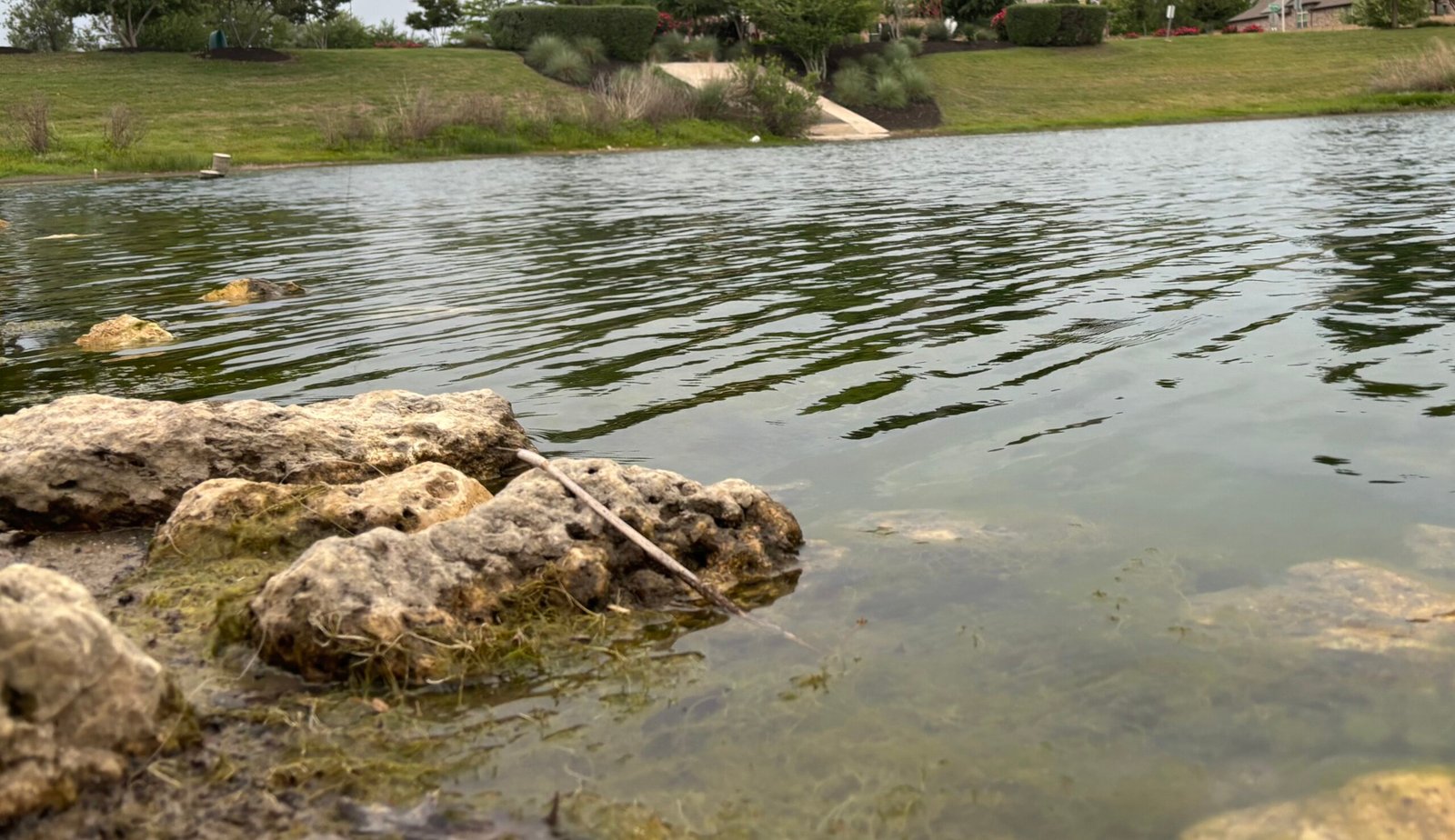
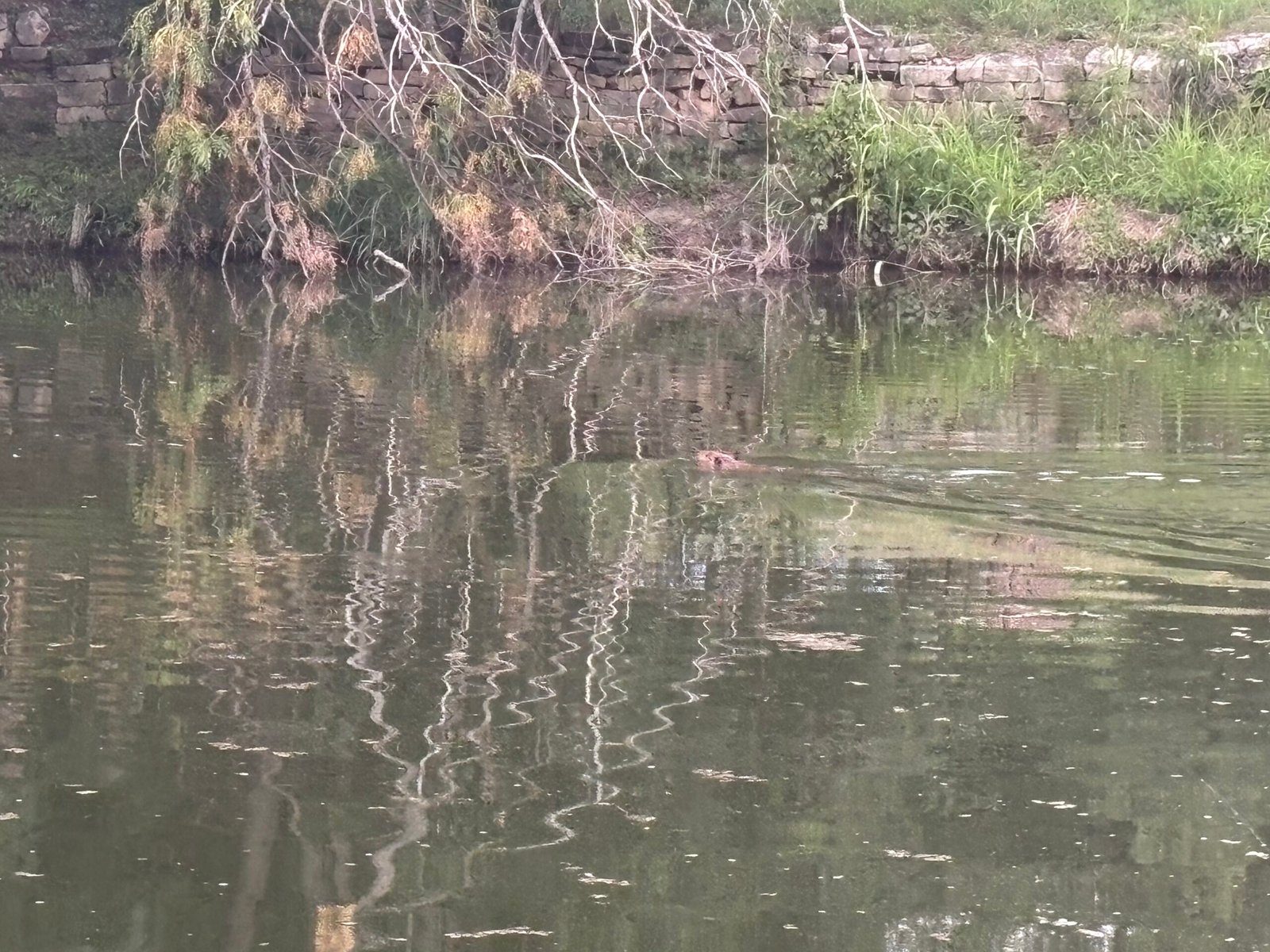
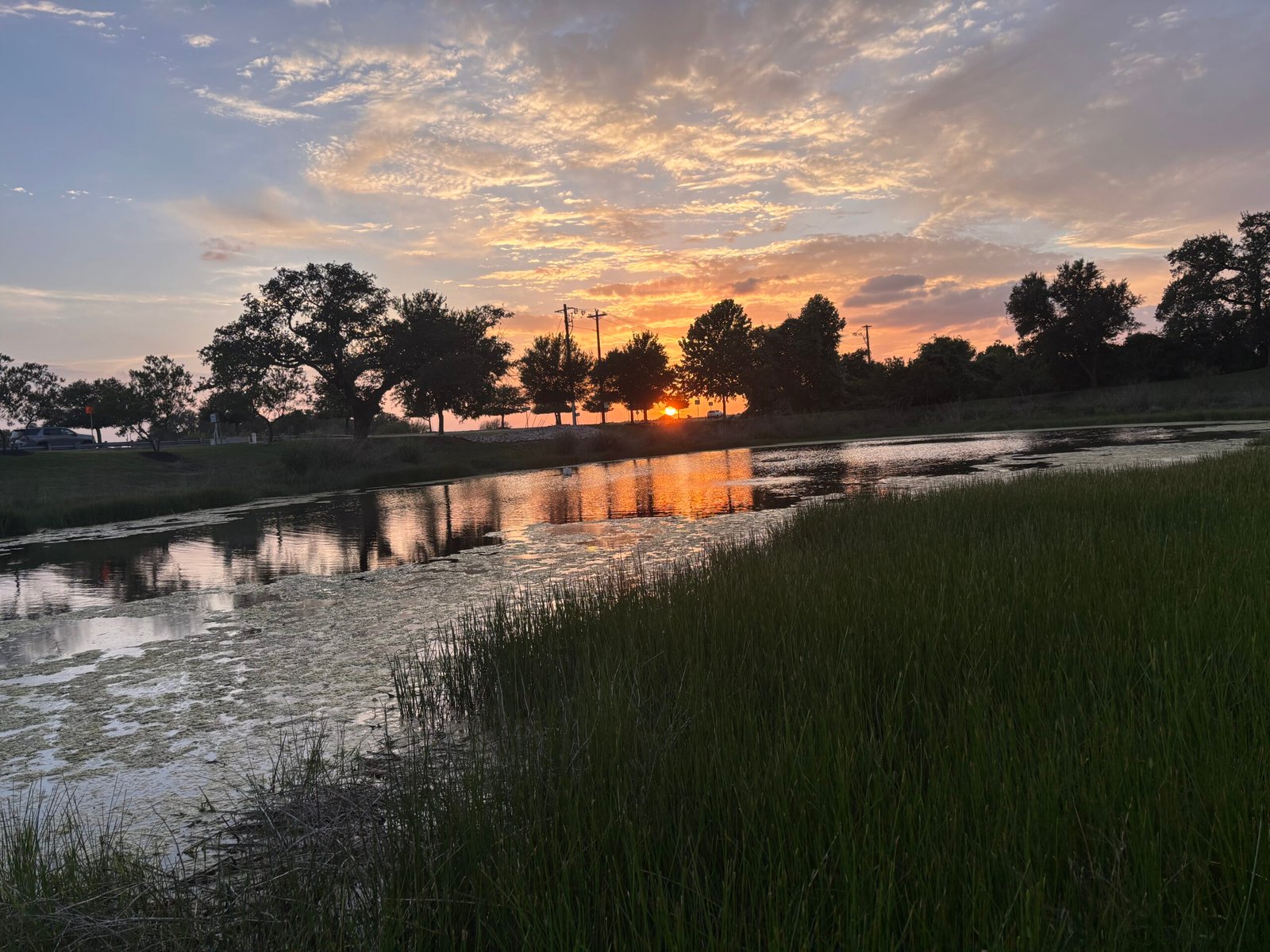

Leave a Reply